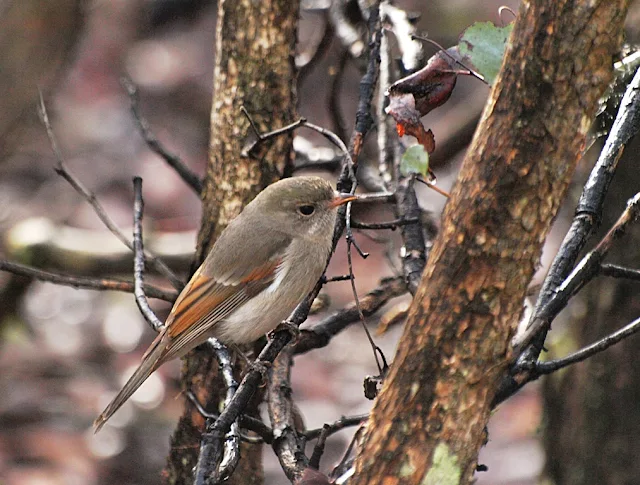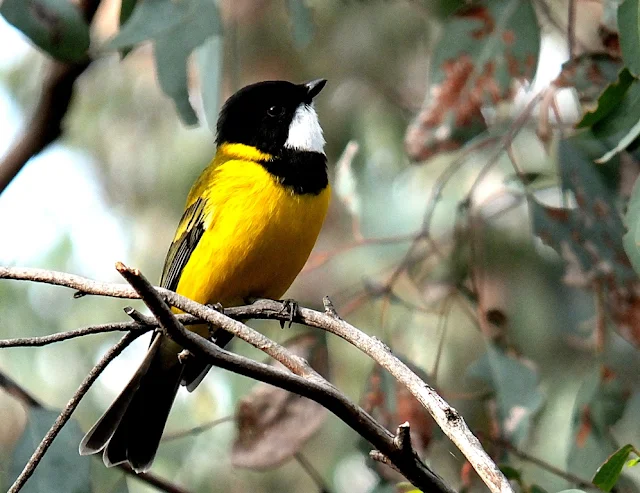He said: What are you taking pictures of
mate?
I
said: Those beautiful trees in your street.
He said: Beautiful, do you reckon?
I
said (after thinking - will I or won’t I):Yeah, don’t you think they’re
beautiful?
He said: Nah, horrible b….y things.
I
said: Why’s that?
He said: They’re dangerous, dropping limbs
and blowing over.
I
said: I reckon you are far more likely to be hit by a car than by a tree. The
odds of being killed by a tree are as low as 1 in 20 million depending on the source of the
statistics. You’re at least 600 times more likely to be killed by a car than a
tree.
He said: Yeah, I suppose so.
I
said: Did you know those trees are playing a big role in keeping you healthy?
He said: How’s that?
I
said: They absorb CO2, vehicle emissions and atmospheric particulates and they exhale
O2.
He said: Hmmm, Ok, but they drop leaves and
nuts all over the place.
I
said: That’s a small price to pay for the elevated value of your property.
He said: What do you mean?
I
said: The average house price in Victoria is enhanced by about $20,000 for
properties in treed streets.
He said: Yeah, really?
I
said: Really!
He said – again: Hmmm. You should see the
spiders under the bark though.
I
said: Do you like birds?
He said: The missus does especially but
yeah, we like the birds. I think I know where you are heading with this.
I
said: That hollow up there is precious to wildlife, and those sap dribbles are
food for Sugar Gliders,
the flowers and fruits attract a big range of beneficial insects and birds.
 |
| Urban trees can be the salvation of wildlife - Balmoral Park |
He said: Can you see the way that tree root
is lifting the bitumen?
I
said: Yeah, that must slow the locals down. It’s a bit like a speed hump?
He said: That’s true.
I
said: VicRoads say that bitumen roads shaded by trees have a much longer life
and are cheaper to maintain.
He said: Yeah, I can believe that. I’ve
seen how a road can be ripped up on a hot day.
I
said: Yeah, I’ll say. Shady streets save on air conditioning costs in summer
too.
 |
| Shaded roads cost less to maintain |
He said: That’d be true – I’m not winning
am I?
I
said: I just think your trees are beautiful and valuable for all sorts of
reasons. Anyway, I’d better get going.
He said: Ok mate, nice to meet you. Hope
your photos turn out. You should have a look around in such and such street,
some lovely trees there, wouldn’t mind a block there myself!!!!
Further reading links :-
Risk - the danger of being hit by a falling tree...
1 The Ranger's Blog - Nature Net UK.
2 Bendigo, the town that became scared of trees - Radio National.
Health :-
1 Trees improve human health and well-being in many ways - US Forest Research 2015.
2 The health benefits of trees - The Atlantic.
Property Values :-
1 Street trees give rise to property prices - Science network WA.
2 Street trees and property values - Saving Our Trees Marrickville Municipality.
Wildlife :-
1 Vanishing big trees put Australia's urban wildlife in peril - PhysOrg
2 Urban developers constructing a hollow future for Albury's wildlife - Albury Conservation Company.
Shady roads :-
1 Why shade trees? - US Forest Service.
2 Shade trees save road surfaces - SESL Australia.





